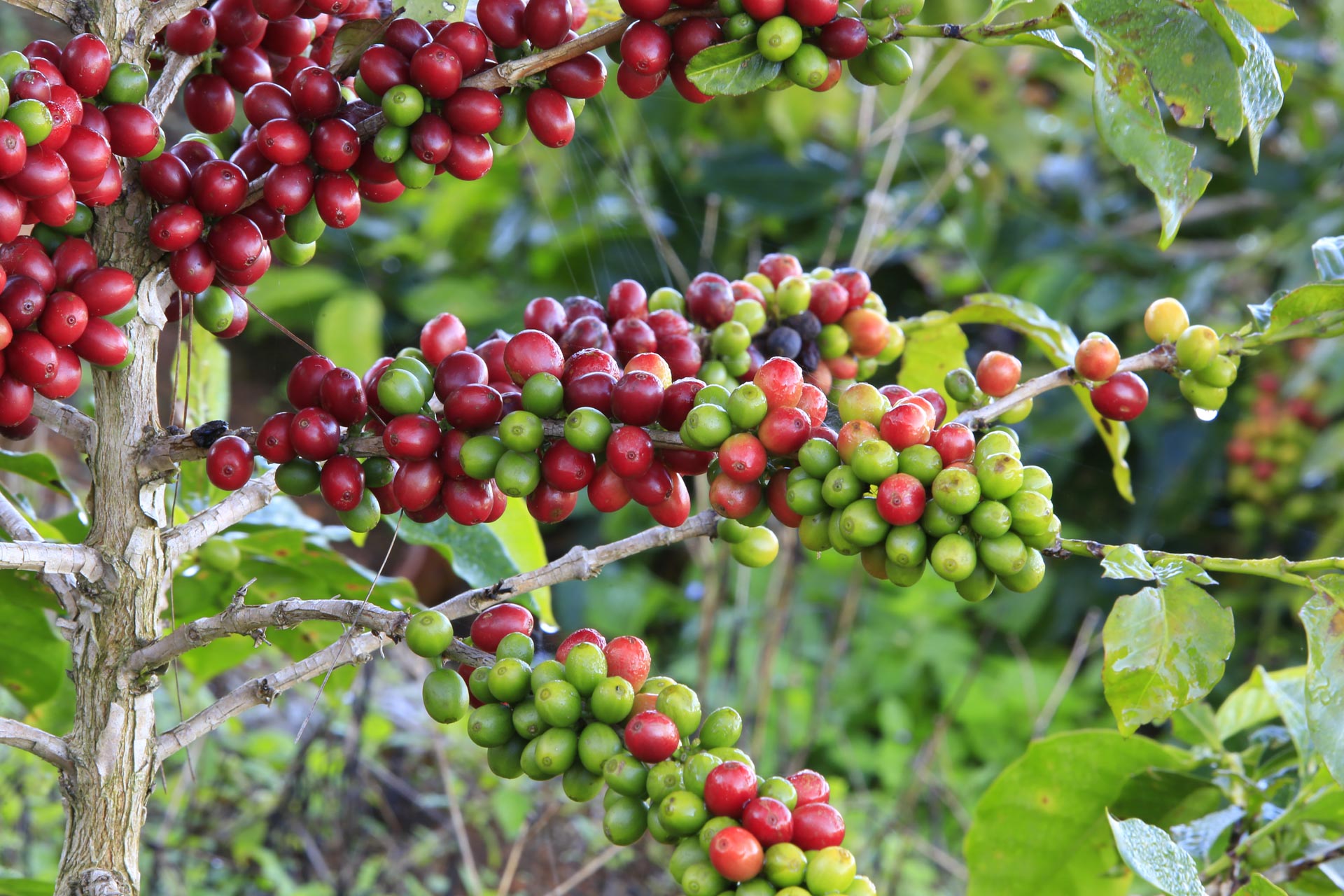
Dak Lak
Between volcanoes, lakes and agricultural fields
Somewhere among mountains and villages in Central Vietnam, near the Laos border, lies a magical district called Dak Lak.
Dak Lak offers tourists a range of interesting attractions such as: ethnic minority villages, waterfalls, lakes, ancient tropical jungles, exotic flora and fauna.
Dak Lak district is rich in historical and natural tourist’s sites, diverse cultures and ancient local traditions. Dak Lak attracts elephant tourism, through villages that rescue elephants from captivity, rehabilitate them and take care of them with the help of donations.
The Coffee Capital of the world
The capital of Dak Lak province is the city of Buon Ma Thuot, which is especially famous for the best coffee in Southeast Asia. Thanks to being an ancient volcanic area, 1/3 of Dak Lak's area is Basalt, a precious type of soil that allows the district to develop many agricultural industries.
A famous tourist destination in the Dak Lak province is the second largest natural lake in Vietnam, Lake Lak. The lake and its surroundings are the crater of a dormant volcano, on its territory lies a peninsula with extremely fertile soil.
Lake Lak is home to tribal villages of the Mnong and Hmong people who specialize in growing pepper, rice, coffee, tea and cocoa, which are the best in the world. The Mnong (Munong) tribe believe in matriarchy - the woman is the head of the family and the man educates the children at home.
Culture in Dak Lak Province
The culture of Dak Lak is presented in a multitude of diverse traditional arts: Dam San - Xinh Nha, the language of the Eda and H’mong ethnic groups and musical instruments such as Lithophone, T'rung, K'long Put - which are different types of xylophone.
Dak Lak is part of The Space of Gong Culture in the Central Highlands of Vietnam, recognized by UNESCO as a masterpiece of the intangible heritage of humanity.
The architecture in Dak Lak province is unique compared to the rest of Vietnam, thousands of long traditional wooden houses and home furnitures which are handmade from the huge wild trees, as well as ancient clay handmade works.
Since 44 ethnic groups live in Dak Lak, the cuisines there are very diverse, with dishes in the style of the three different parts: North Vietnam, Central Vietnam and South Vietnam. Besides the gourmet food, you should not miss the rice wine and the cocoa wine which are produced in-house in Dak Lak villages.
Book a tour to Central Vietnam and start exploring the wonders of Dak Lak!